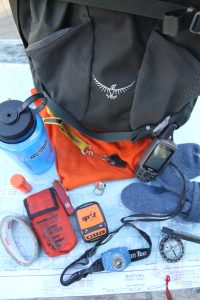Stop Three – Safety Management
Safety Management

For your “infomercial” you are going to identify the safety/risk situations and explain how you are going to plan for or mitigate the circumstance. See the examples and the template.
Safety Management has a more positive connotation of taking an active role to manage the safety of your program/program participants. You can’t have a safe program without being aware of the potential risks and managing them as well as possible.
The main goal of safety and health programs, including trip plans, is to prevent workplace injuries, illnesses, and deaths, as well as the suffering and financial hardship these events can cause for workers, their families, and employers. The recommended practices use a proactive approach to managing workplace safety and health. Traditional approaches are often reactive –that is, problems are addressed only after a trip participant is injured or becomes sick, a new standard or regulation is published, or an outside inspection finds a problem that must be fixed. These recommended practices recognize that finding and fixing hazards before they cause injury or illness is a far more effective approach. The trip plan is a comprehensive solution.
You may be new to this and this professional development opportunity helps with the foundations and next steps.
There is the expected or inherent risk in any activity injuries due to trips, slips and falls and death such as drowning. The mitigation or training varies with the safety scenario or the environmental context of the activity. You should prioritize and label as such as low to high.
There is the other end of safety/risk continuum – the instances or situations that are not so obvious. For example are we in an area where there is preponderance for ticks or poison ivy? Weather is also a variable.
And don’t embrace heuristics that have shortcuts.
Here are examples:
There must always be co-leaders that are as familiar as you and you should involve all participants in the trip plan and implementation. It includes this TP “infomercial” you are about to put together.

